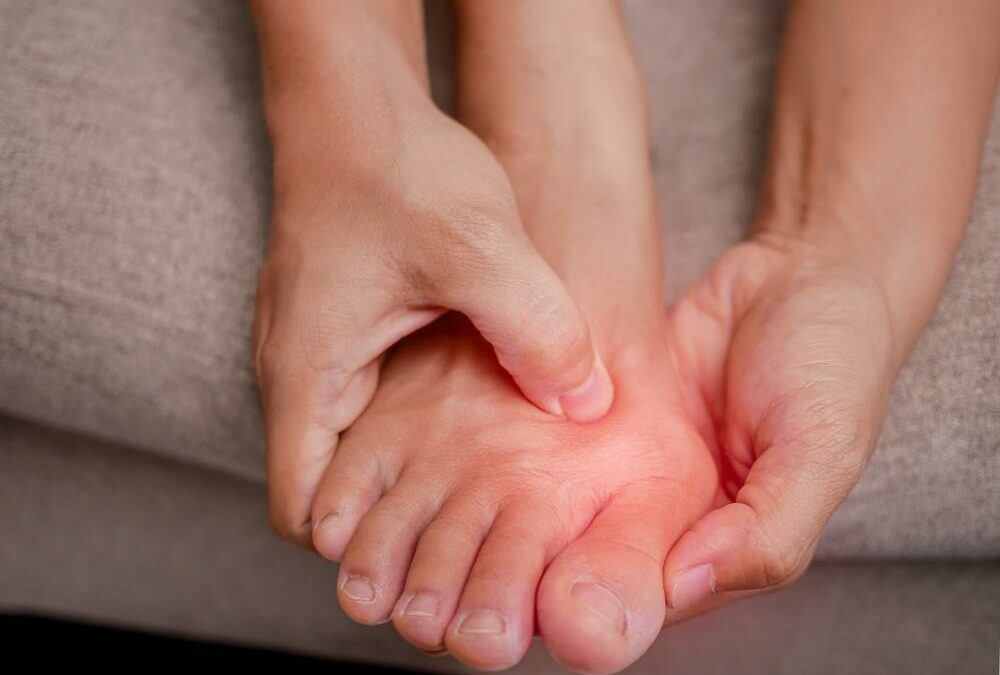Small bunions (or bunionettes) may not noticeably change the shape of your foot. But bunions often grow larger and more painful over time, and the larger a bunion grows, the more difficult it can become to find shoes that fit comfortably and look stylish.
If bunions are keeping you from wearing your favorite shoes or participating in your favorite activities, it’s time to schedule a podiatrist appointment. David B. Glover, DPM, FACFAS, and our team at Mountain View Foot & Ankle Institute provide bunion care and treatment plans customized for each patient’s unique needs.
The best shoes for bunions
A bunion creates a bony bump along the side of the foot, which, in turn, changes the way shoes fit. Shoes that have high heels, are tight in the toe box, provide little support, or have other issues that can harm the foot, don’t cause bunions on their own, but they can make symptoms worse.
However, this doesn’t mean you can’t wear stylish shoes. These days, shoppers have lots of options when it comes to foot-friendly and fashionable shoes.
Dr. Glover and our team can recommend shoe brands known for their comfort and built-in support. When you’re shopping, look for shoes with low heels and wide toe boxes to accommodate bunions and relieve pressure points.
Consider custom orthotic inserts, physical therapy, or taping your feet to make wearing your usual shoes more comfortable. If you find that your shoe options are getting more and more limited even with conservative bunion treatment, consider asking Dr. Glover if you could benefit from bunion surgery.
Considering bunion surgery
Bunion surgery offers a more permanent solution for bunion deformities. Dr. Glover specializes in minimally invasive bunion surgery to realign your toe joint and repair damaged tissue.
If you have a severe bunion, surgery can correct your bunion and give you lasting relief from chronic bunion pain. Once you recover, you may find that you’re able to be on your feet longer, participate in more physical activities, and wear a wider variety of footwear.
However, bunion surgery isn’t right for everyone. It’s a major surgical procedure, so frustration about finding stylish footwear may not be the best reason to consider the procedure. Dr. Glover generally recommends surgery only after trying conservative treatments, such as physical therapy, medication, and orthotic footwear.
Recovering from bunion surgery takes 6-12 weeks. You need to restrict your daily activities for several weeks, and you won’t be able to wear high heels for at least six months following surgery.
Bunion surgery is an effective solution for many people with severe bunions that lower their quality of life, and Dr. Glover can help you evaluate your options. If you’ve tried conservative treatments and you’re still suffering significant pain, surgery may help you get on your feet again.
If you have bunions, we can help. To learn more, call 801-614-2996 or book an appointment online with Mountain View Foot & Ankle Institute today.

